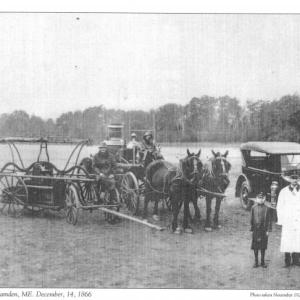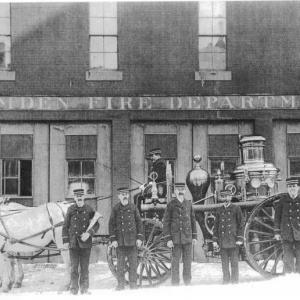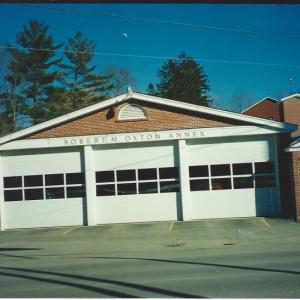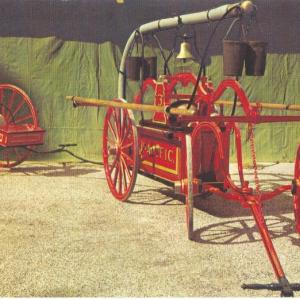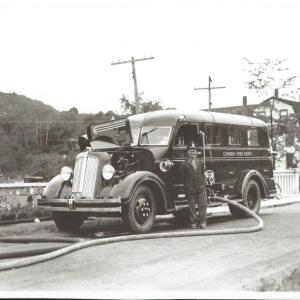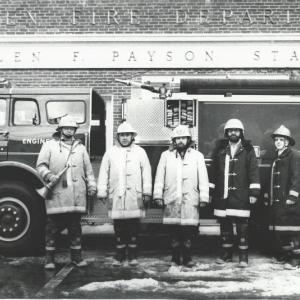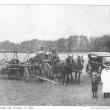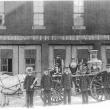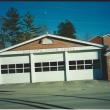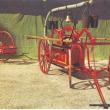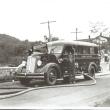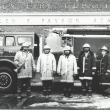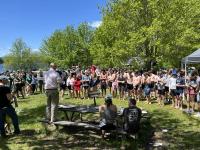The Camden Fire Department: Since 1847, ‘always ready’
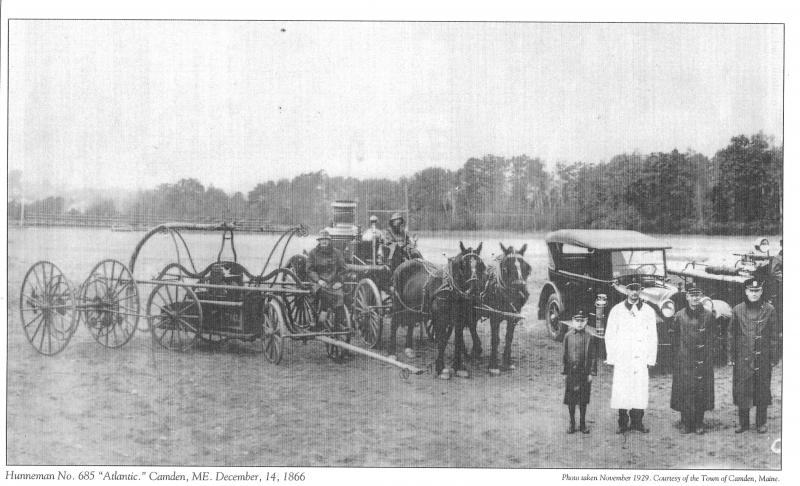 Atlantic No. 2, across from the Camden Opera House. (Photo courtesy Barbara Dyer)
Atlantic No. 2, across from the Camden Opera House. (Photo courtesy Barbara Dyer)
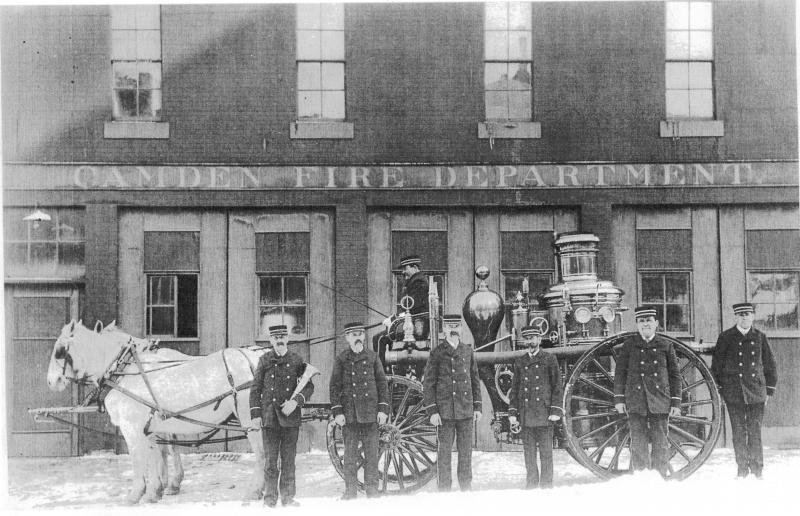 (Photo courtesy Barbara Dyer)
(Photo courtesy Barbara Dyer)
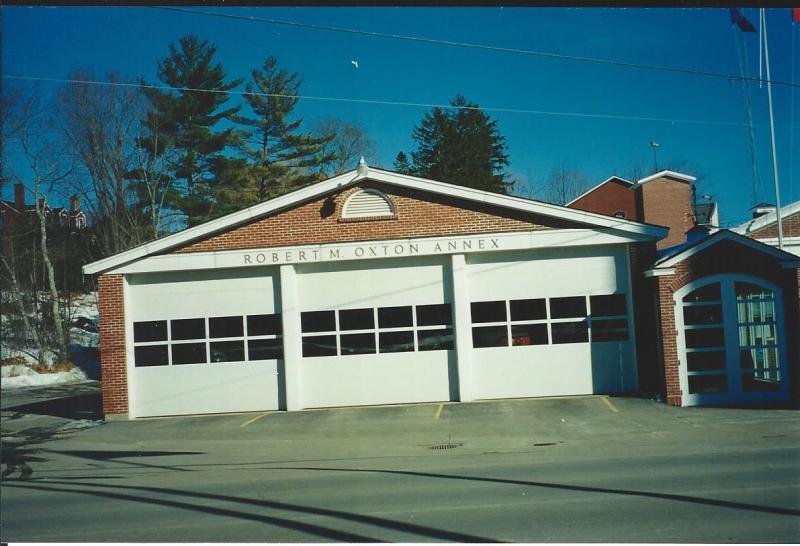 Camden Firemen and a pumper. (Photo courtesy Barbara Dyer)
Camden Firemen and a pumper. (Photo courtesy Barbara Dyer)
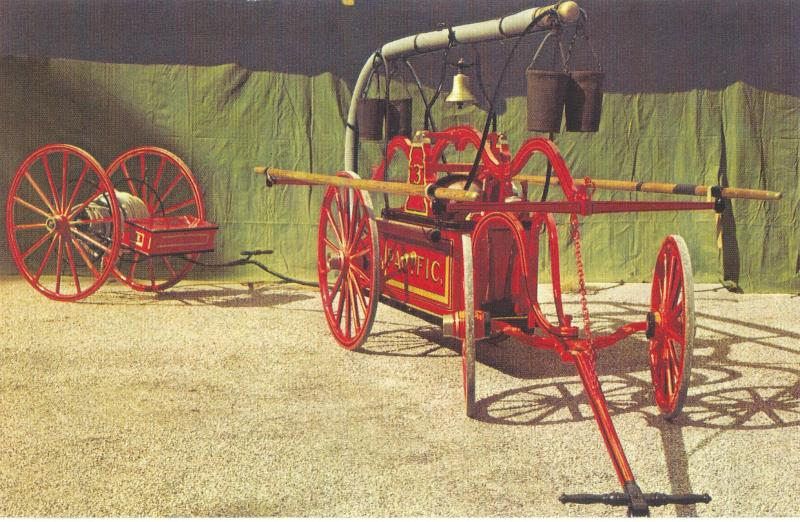 The Oxton Station. (Photo courtesy Barbara Dyer)
The Oxton Station. (Photo courtesy Barbara Dyer)
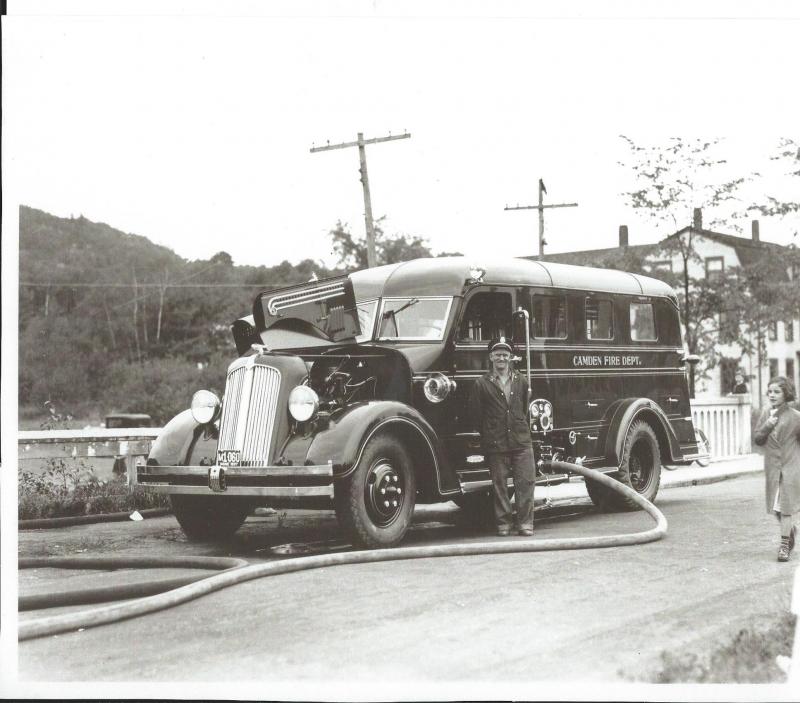 Old fire equipment (Photo courtesy Barbara Dyer)
Old fire equipment (Photo courtesy Barbara Dyer)
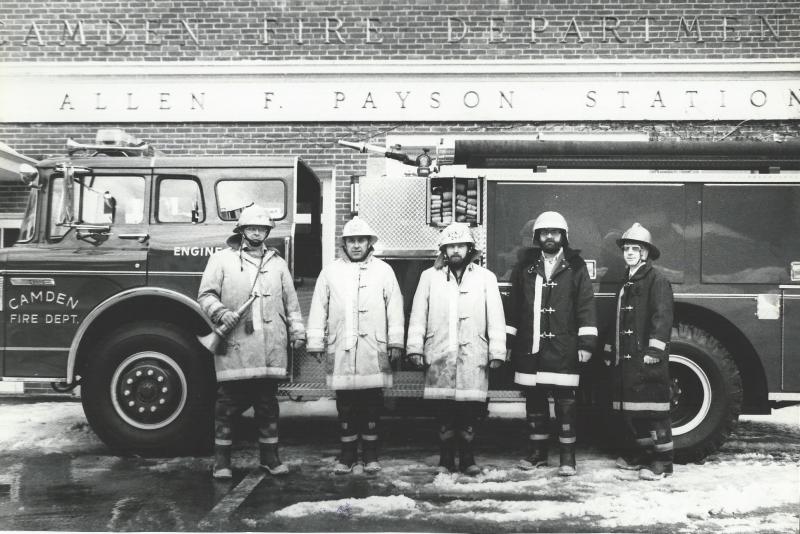 Chief Payson and the Camden ambulance (Photo courtesy Barbara Dyer)
Chief Payson and the Camden ambulance (Photo courtesy Barbara Dyer)
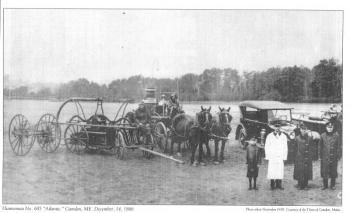 Atlantic No. 2, across from the Camden Opera House. (Photo courtesy Barbara Dyer)
Atlantic No. 2, across from the Camden Opera House. (Photo courtesy Barbara Dyer)
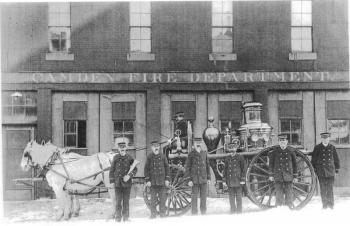 (Photo courtesy Barbara Dyer)
(Photo courtesy Barbara Dyer)
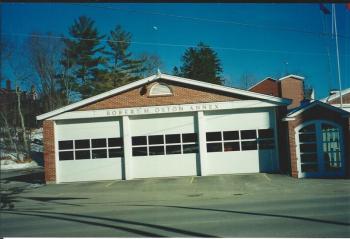 Camden Firemen and a pumper. (Photo courtesy Barbara Dyer)
Camden Firemen and a pumper. (Photo courtesy Barbara Dyer)
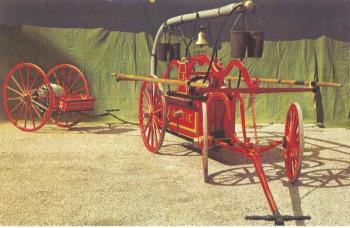 The Oxton Station. (Photo courtesy Barbara Dyer)
The Oxton Station. (Photo courtesy Barbara Dyer)
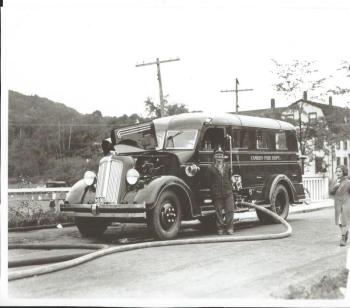 Old fire equipment (Photo courtesy Barbara Dyer)
Old fire equipment (Photo courtesy Barbara Dyer)
 Chief Payson and the Camden ambulance (Photo courtesy Barbara Dyer)
Chief Payson and the Camden ambulance (Photo courtesy Barbara Dyer)
Because the Atlantic Engine Company No. 2 is trying to raise money for thermal imaging equipment, maybe it is time to explain the origin of the fire company, old and new. It has a long history dating back to 1847 and was known in the Camden village as “Hydrant Fire Company No.1.”
It was a quarter of a century ago that I got curious and decided to research our fire department.
The only history they had was a very small notebook, in which some unknown fireman of long ago wrote and saved its history. It was determined that Hydrant Fire Company No. 1 was organized, but was not in operation very long; then reorganized in 1851 and again in 1854. Their equipment was a hand tub, hose reel, ladder, towing reels and ends of ladders used at several fires.
In 1867, 85 men of leading village families signed an agreement to organize a company large enough to care for the hydrant, Engine No. 1 and Atlantic No.2. Their motto was “Always ready,” and has since been known as Atlantic Engine Company No. 2.
Located across from the Camden Conference Room on Washington Street was the first fire station. The officers were A. B. Wetherbee, Foreman; E.T.G. Rawson, Assistant Foreman; Revel Philbrook, Foreman Leading Hose; Samuel Ayers, Assistant Leading Hose; John Campbell, Foreman Suction Hose; C.W. Follansbee, Clerk and Treasurer; T. R.Simonton, W. G. Adams and Alden Miller, Jr., Finance Committee.
During the Great Fire of Camden on November 10, 1892, the whole business district went up in smoke from Tannery Lane to present day Rite-Aid. That included Main, Mechanic, Elm and Washington streets. It leveled 40 buildings, including the Fire Station.
Hydrants were cisterns and wooden troughs. There was neither water pressure, nor equipment to contain the fire.
After the disaster, the businessmen made immediate plans to put up new buildings of brick. The Selectmen held a meeting for some important articles. Article 4 voted for a committee to ascertain our standing in regard to water supply to protect against fire and a new system or supply. Article 5 voted that the Selectmen purchase at once an Amoskeag No.3 steam fire engine for the sum of $3,500 or less. The Engine was bought and operated by F. Hanson, Bert Fletcher, Bert Crosby and Lovell Thompson.
Constructed on the same location as the first, was another building with the fire station on the first floor and the American Legion on the second floor. Another big fire was on November 17, 1917, when the Bay View House burned completely. In 1921, a Reo truck was purchased for $5,000, followed by a 1925 Cadillac Service Car.
The next two large fires broke out in 1924.
In May, it was on the waterfront and in August the Eastern Steamship Wharf, that was rebuilt the following fall and winter. Two years later a hose truck was purchased for $6,000 and a ladder truck that was hauled by horses; then a motor was added, and in 1939 it was completely remodeled. An American La France was added in 1928 for $12,500.
Ten years later a Seagrave replaced the Reo. Then we had in 1935, ‘sort of’ an ambulance, and it was replaced in 1940 through the generosity of Charles C. Wood.
The Allen E. Payson Fire Station was built in 1950 in Tannery Lane/Washington Street location and when it outlived its usefulness, it was torn down making the present parking lot. Residents of Camden voted to build an addition to the present location. The safety building has the Robert E. Oxton Fire Station and on the other side is the Police Department.
Times have changed over the years.
Camden once had a police force of only one night watchman.
The firemen, in their dress uniforms were used for crowd control, when needed.
When the floor of the Camden Opera House was flat, dances and many events were held there. One of the biggest events every year was in February,when the Fireman's Ball took place. Every one in town bought tickets, and the stub had a long list of prizes donated by the merchants.
Big crowds went to dance, or to sit in the balcony and watch. It began with the Firemen in their dress uniforms with their ladies in ball gowns marching in. Money from the ticket sales gave the department quite a bit of money for whatever was needed.
Mary Louise Curtis Bok had great faith in Chief Payson, so whenever the fire department really needed something he would tell her. The Great Depression was on and Camden did not have much money. She would pay for whatever he felt his department needed.
She was a great benefactress to Camden and Rockport in so many ways.
The first piece of equipment, bought after the Great Fire, was given to the Camden Rockport Historical Society to preserve and store.
At one Select Board meeting in the early 1990s, the Curator came and said she was going to sell the historic piece, as they needed money to repair the barn at the CRHS.
It was upsetting to lose that piece of Camden's history. Charles Cawley happened to be at that meeting. He purchased it for the town, had it restored and a glass case built.
It is saved in front of the Fire Station. Later the Fire Chief brought to the attention of the Select Board that we needed a much bigger ladder truck and was to buy a second hand one, if the Board approved it. Again Charles Cawley said that he had many tall buildings in Camden, and he would purchase a new one for the Fire Department. He did so.
There you have the story of our Camden Fire Department and the generosity of many people who see they have what is needed. Now, a Thermal Imagining Camera is really needed. How many will step up to the plate?
Barbara F. Dyer has lived in Camden all of her life, so far.
More Barbara Dyer
When President Roosevelt took the train from Rockland to Washington, D.C.
Carlos Salzedos' harp colony in Camden
Buttoning up the harbor for winter
The day when Camden burned down, 40 buildings lay in ash
Old Glory, the flag’s storied history, and proper etiquette
The Seaside Mountains of Camden
The story of the Barbie D, a little tug that has worked Camden Harbor for 60-plus years
Postcards and the way we communicated 100 years ago
The Babbs: A family integral to Camden history
When Camden paid a fine for having no minister preaching in town
The demise of a Camden-built vessel
Camden’s wooden boat builders were perfectionists
Building wooden boats in Camden, many years ago
Socializing and such, before television
The first years of the Camden Snow Bowl
The many moods of Camden Harbor
Demise of the Camden steamboat wharf
Curtis Island Lighthouse - the sentinel of Camden Harbor

